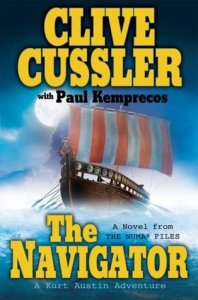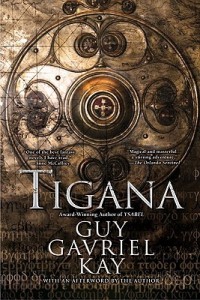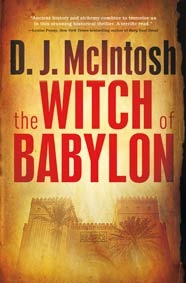… the dreaded, overused, abused and misunderstood prologue.
I’ve never been a fan of prologues. Sometimes prologues create expectations that the book doesn’t meet either in story content or style or it’s an info dump. If it’s designed to foreshadow or tease I read no further because I want to experience that within the context of the story itself. The prologue must signal that it contains important information which can’t be placed elsewhere in the book. Before I buy a book, I’ll skim the prologue and the first chapter to ensure that chapter one is gripping and that the prologue wasn’t added because the first chapter failed to hook.
Sometimes the prologue works well and in the hands of good writers, you know the story wouldn’t be the same without it. The prologue should entertain, read well and provide a set-up that can’t be integrated into the novel proper.
In The Navigator, Clive Cussler and Paul Kemprecos interpret history to create a fast paced action adventure. Set in 900 B.C., the prologue is a well written short story with compelling characters, feuding brothers, interesting detail and contains a mystery that the reader knows will be revealed in the thriller’s modern day setting. Like the novel, the prologue is an action adventure with plot twists and turns. We expect that in Cussler’s books and he delivers.
The prologue in Guy Gavriel Kay’s novel Tigana is set back only 20 years and is a delight to read because although it is set in the time of war, it isn’t an information dump and it skillfully sets the mood and the theme. Unlike Cussler’s story approach, Kay paints only a scene between the court’s sculptor and the prince who are steadfast friends. This scene, in the hours before the hopeless final battle, the sculptor and the prince reflect that, despite knowing that they will lose this battle, their legacies will live on through their children and their work and they will die at the hand of a vengeful sorcerer for they have killed his son. There is also the delicate touch of themes, remembrance, the good and evil in people, the ugliness and beauty of a situation, hope and despair. ‘There was singing on the other side of the river too, he noted, listening to the enemy soldiers north of them. It was curiously hard to impute any absolute sense of evil to those harmonizing voices, or to hate them quite as blindly as being a soldier seemed to require.’ The writing is introspective without being melodramatic. ‘There will be ripples of tomorrow that run down all the years.”
D.J. McIntosh is a historical thriller writer touted as the next Dan Brown. The first book of her series, The Witch of Babylon, is set in 2003, just after the National Museum of Iraq becomes a casualty of war. The prologue is unusual in that it has three vignettes: the first sets the time and place, in the ruins of the museum where a thief after a relic observes a museum archeologist; the second where the American archeologist outsmarts the thief; and the third, where a woman is tortured for information and is left to die in a sandstorm. The intimate nature of these situations is information which can’t be known or revealed later because the story is told in the first person and not by any of these characters. These vignettes are handled deftly for they contain well-paced action and adventure written in vividly descriptive, yet not overdone, prose–just like the rest of the novel. For example: ‘And yet on the ninth day of the month of Nissan, a time well chosen by the invaders to avoid the brutal heat of summer, the city did fall, crushed as easily as the delicate shell of a baby bird.’ and ‘She dreamt of water—the feeling of cool liquid slipping down her throat, reedy pools at the edge of the Tigris, icy moisture on ancient rock walls. She was cracking and she knew it.’
These three authors wrote their prologues in very different ways. Each successfully conveyed information without it being an info dump and promised a story/writing style upon which they delivered. They all made for good and memorable reads: Cussler’s ability to deliver action adventure with an interesting historical twist; Kay’s ability to weave a poignant scene with thematic overtones; and McIntosh’s deft delivery of an action based thriller with roots in ancient and modern history.
Yes, that dreaded, maligned prologue can be a joy to read!



